Today I would like to tell you a little about what I was up to this summer (which will also explain my hiatus from the blog). I was lucky to spend all of June and July in Arusha, Tanzania working to help develop a Literacy Through Photography program there. Literacy Through Photography, or LTP, is very difficult to briefly describe, but in short it is an educational model that introduces cameras into elementary school classrooms as a way to stimulate creativity, help students with visual and written expression, and supplement classroom lessons. The young students become photographers, and the lens becomes a powerful tool through which they can capture their world. Their images then become catalysts for verbal and written expression. Children and photography are two of my biggest passions, and I always thought I would become a teacher. Therefore, I was naturally drawn to LTP, and after working with LTP in Durham, North Carolina for the past two years (through the Center for Documentary Studies at Duke University) and in Arusha during the summers of 2008 and 2009, I have grown to truly believe in the program.
My experience this summer was in many ways different from my first, however, in some wonderful ways also very much the same. This was a great balance: the familiarities comforted me, and the newness kept things interesting and challenging. On the first night I wrote in my journal:
This is unreal. The moment I stepped off the plane, breathed in the Tanzanian air, and looked up into the vast, starry night this amazing sense of familiarity washed over me. When Pelle?s hug picked me off the floor at Kilimanjaro Airport, any doubt that I had about coming back flew from my mind. I forgot how much I love it here, and so many memories that I had forgotten have come flooding back to me since my arrival? Nothing?s changed. It?s like I stepped back into a dream.
You know when you forget how much you love something until you have it again? Perhaps it?s flying down the ski slopes in Colorado and feeling the fresh, brisk air take your breath away; or maybe it?s that special dish you only get to have occasionally and somehow forget just how much it makes your mouth water; or perhaps it?s a friend whom you rarely see and upon reunion gasp, ?Oh! have I missed you!? surprised at just how much you have needed this person in your life? That is exactly how I felt about Tanzania and the people and life here. And so, a new adventure quickly began, and Tanzania proved to have much left to teach me.
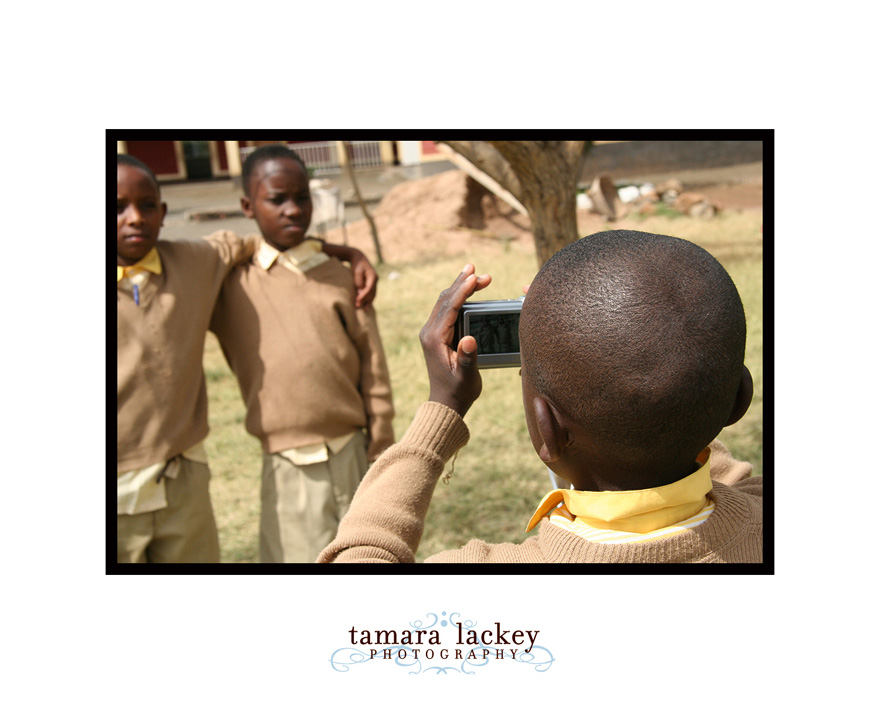
We worked predominantly in primary schools with students in standards three through five (similar to third through fifth grade in the States). It is incredible how eager the kids are to learn. Unlike in the U.S. where it seems like many students take education for granted, the students in Tanzania have it ingrained in them that education is their key to success and that they are blessed to be able to go to school. The students are extremely diligent and want so badly to learn. Unfortunately, in addition to resources, their educational system is completely lacking in creativity. The students learn through memorization and recitation; this in no way helps the students become critical thinkers and stifles creativity. The students love LTP because it is so different from how they are used to learning, and the teachers often remark how engaged and excited the students are when working on LTP projects.

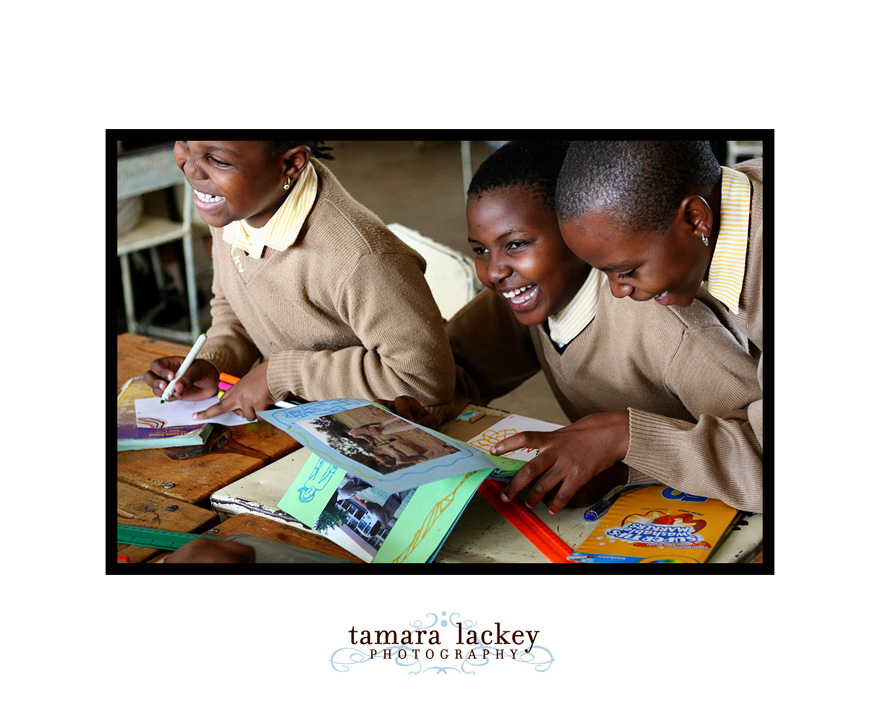
I fell in love with the kids over and over again. After all, these are the smiles that welcomed us everywhere we went……………..




In order for LTP to be sustainable, it is essential that the teachers have a thorough understanding of and appreciation for the program; therefore, we focused much of our time and energy on leading teacher training workshops. We often worked with a group of teachers for a few days and then split up and worked with them in their classrooms the following week. It was extremely valuable to help teachers implement LTP into their classrooms directly following the workshops because the mentality of LTP was still fresh in their minds. They were also able to see that LTP can easily fit within any subject of their curriculum and their students’ enthusiasm for this teaching style.


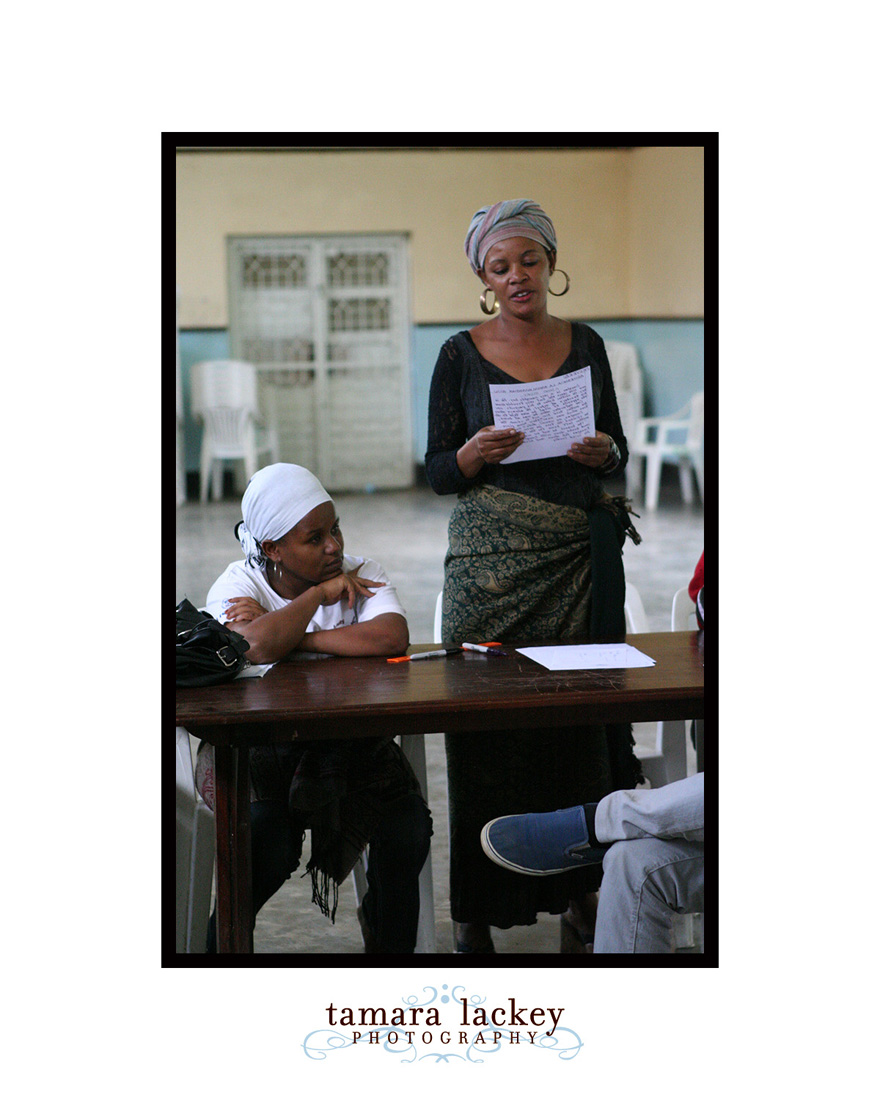
I would be remiss if I did not introduce you to my amazingly strong and compassionate home-stay mama. I only lived with her for two weeks, but she treated me and loved me as if I were her own daughter. Our evening conversations were something I cherished. She has a heart of gold and the strength of an army. She is a fighter. Her life has been filled with struggles and hardships, but her faith and resilience have remained steadfast. Her husband died in 1995 leaving her with nothing, and she single-handedly raised and financially supported 15 children (only two of which were biologically her own). She now runs a restaurant and is working hard to develop a support group to empower and encourage women to “stand on their own two feet and depend on themselves.” She says, “we cannot just give up…we have to help and support each other and take care of ourselves. We cannot expect that things will just change or something will fall into our lap…we have to go out and take hold of our lives.” It is my honor to present Hawa M. Mgaya.

Here’s a picture my friend Anne snapped of me with a group of children. I so clearly remember this moment. I was utterly exhausted after a long day teaching but briefly sat down with these sweet children and quickly felt recharged. Their warmth and adoration is an amazingly powerful thing.
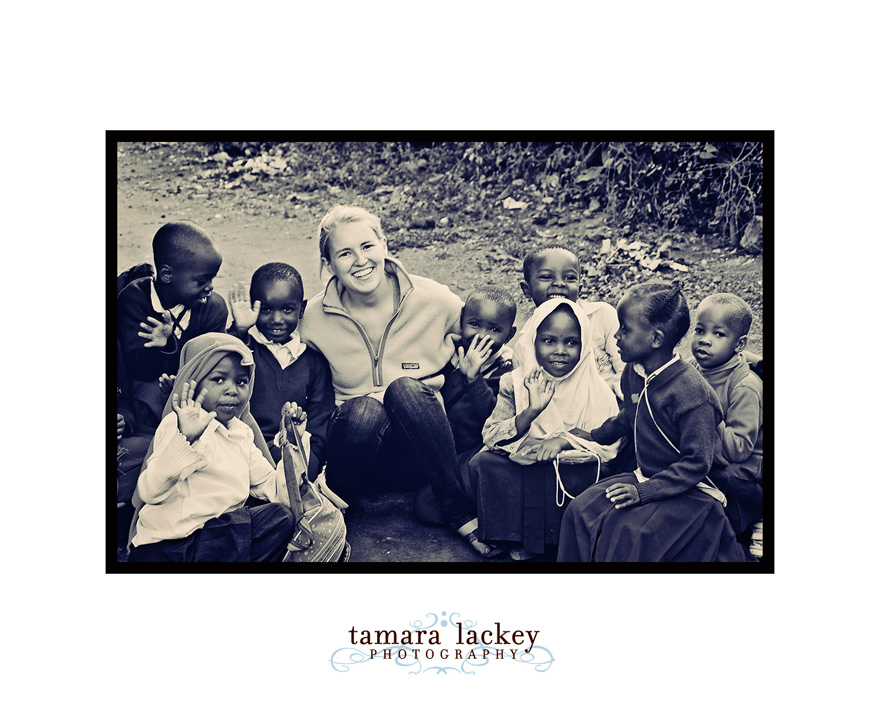
Soooo many children!!!

After working with 1,700 students in ten different schools, our work culminated in an exhibition of all the student work. The exhibition is not only a special and important time for the kids, teachers, and community members to see all the student-produced LTP work; it is also a very tangible representation of all our efforts. It was both exciting and satisfying to walk through the exhibit and take in the massive quantity of work on display, to consider the variety of the projects, and to appreciate the quality of the students? work. This year many of the schools arranged transportation to the exhibition for their students, which enabled more students to attend. Children and adults flooded the space as they made their way through the exhibit closely studying all the work.
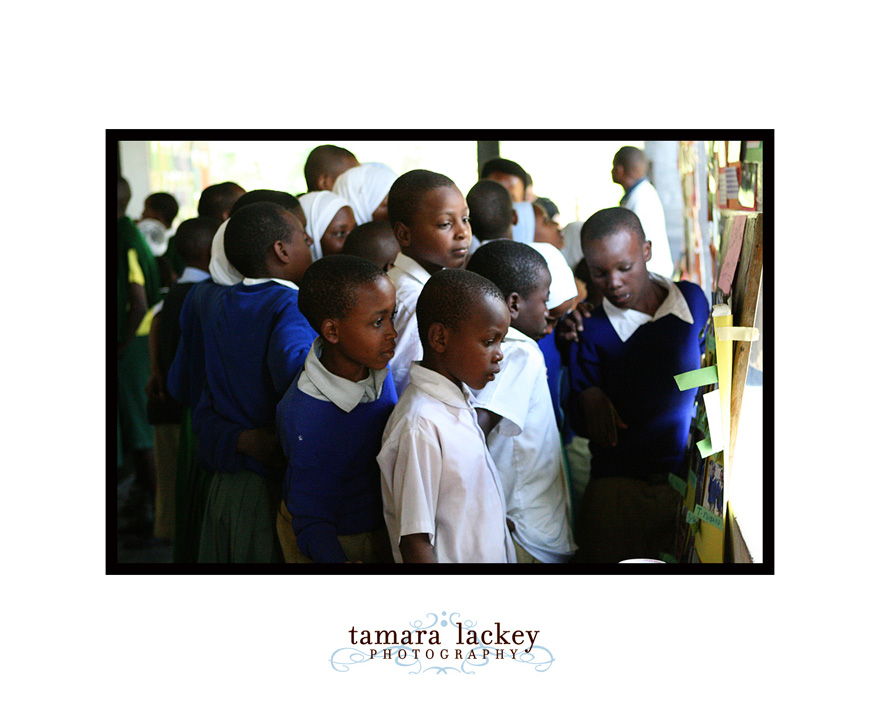

Finally, I will leave you with a few more of my favorite images.

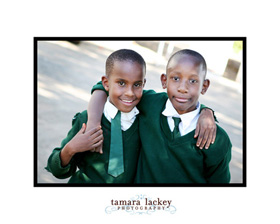

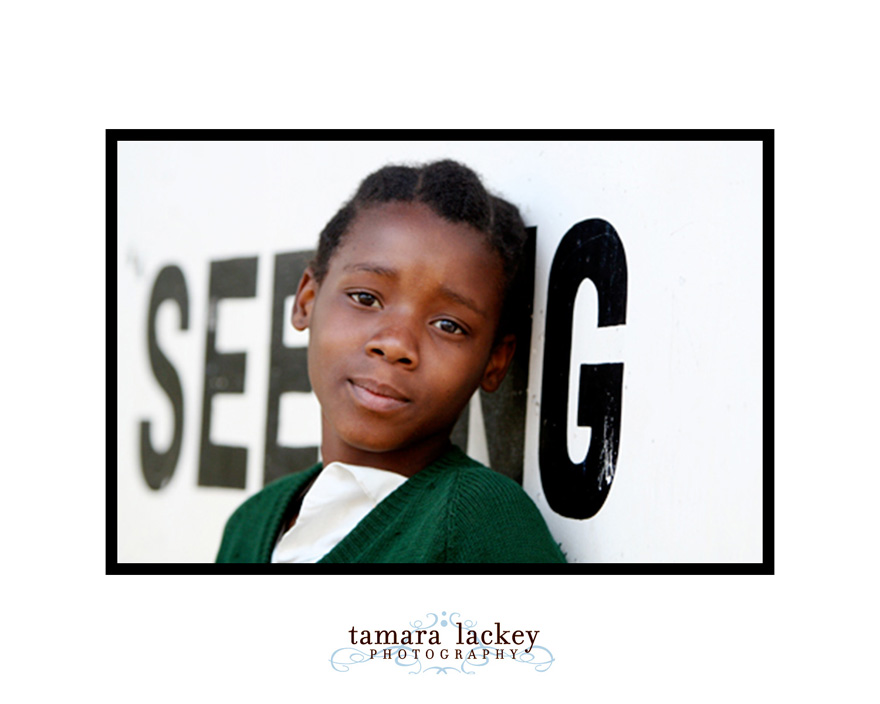
I love this last image. It was taken outside Arusha School. This young girl is leaning against a sign that reads, “OUR MOTTO IS SEEKING THE HIGHEST,” although in this image it looks more like “SEEING.” LTP at its core seeks to enhance the way students see their world.
If you are interested to learn more, please check out the LTP blog which explains the program in greater detail and thoroughly chronicles our experiences this summer: literacythroughphotography.wordpress.com